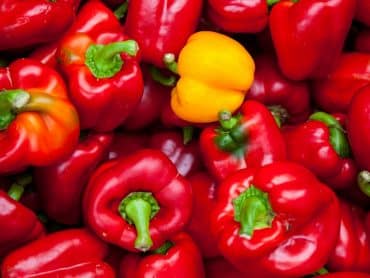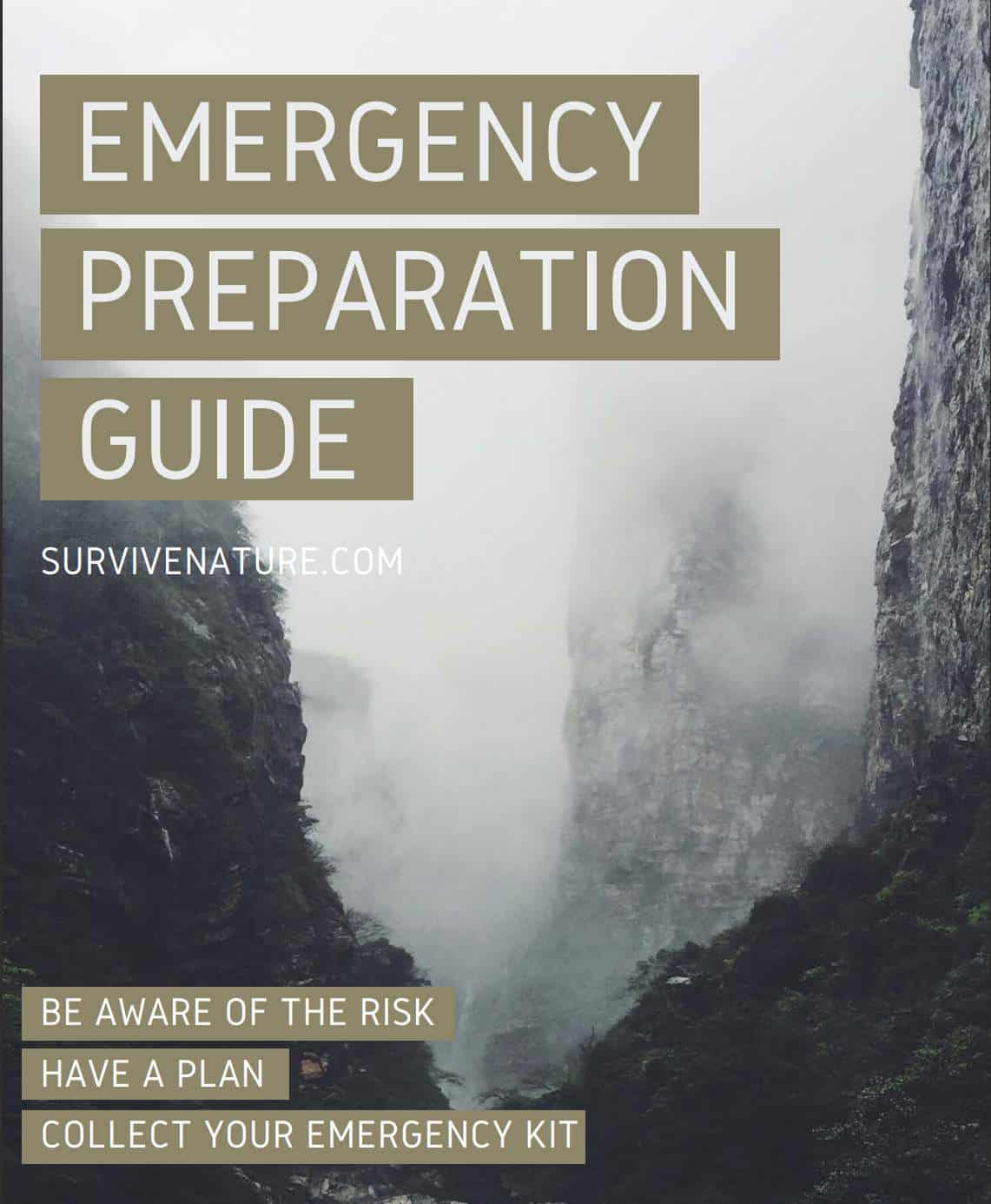Have you ever thought about creating your own mini vegetable garden at your home in 2023? In fact, it is not very difficult to do this, especially if you choose unpretentious perennial plants such as pepper plants that can be perfectly grown indoors. All types of pepper plants (e.g hot peppers, Thai peppers, red bell peppers, dwarf chilies, and other types of peppers) are excellent for home cultivation. Indoor pepper plants can fruit throughout the year, not just a few summer months. In addition, this plant looks very nice and can become an unconventional and exotic decoration of your home.
When you are homesteading, having sufficient situational awareness and proper survival tools are of the essence. Having developed survival skills and proper survival gear is handy, as well. When you garden for survival, your knowledge should be detailed. Your preparedness for any, even the worst-case scenario, will do you good.
In order to grow pepper plants inside, you can either start them from seeds or bring a plant that was grown outdoors at the end of its growing season.
Two Ways Of Growing Pepper Plants
Since there is much less lighting inside the house than outside where is enough natural sunlight, indoor peppers are unlikely to grow as large as those that grew in the garden. Therefore, you may prefer to grow peppers with smaller fruits, such as chili peppers or Thai peppers from seed. Such plants can perfectly fit into most interiors and become an unusual detail of the decor of your home.
However, you may also want to transplant one of your pepper plants growing outside into a pot and grow it as a houseplant. Both options require different approaches.
Growing Peppers From Seed In A Pot
Growing pepper from seeds, you will be able to choose the most suitable type of pepper plant for you based on the size of a plant you want to have in your house. One of the most optimal and compact options that are suitable for any house or apartment is dwarf chilies so we recommend you to start with it but you can choose any pepper type you like. Build a Walipini greenhouse to grow pepers of your choice.
To grow peppers, you need to prepare several small pots and fill them with a mixture of peat moss, vermiculite, and sand (in approximately equal proportions). Press one seed into each pot just below the soil surface, then keep the soil moist and wait until seeds germinate and the first shoots appear. You also may place two seeds in a single pot. Ideally, it is better to place the pots on the windowsill or balcony, in order to provide the plants with an optimal level of natural sunlight. Germination usually occurs between two-three weeks.
Growing peppers indoors is convenient because you can do it at any time of the year, and therefore you will also receive fruits all year round.
Transplanting A Seedling& Mature Plants

Start preparing peppers long before the first frost. You need to dig up the plant and put it in a plastic pot. Do not forget to check the plant for pests. Pour the pepper plant regularly and place it in a shaded area for a few days, giving the opportunity to get used to the new position and give plants time to recover. You can also add some compost to the soil if the container for pepper is large enough. After a couple of days, you can move it to another shady spot, then to the porch, and after a few more days, bring it into your house. Place it under incandescent lamps, try to provide the pepper with ideal temperatures, and don’t forget about keeping the soil damp.
Growing Chili Peppers Indoors Tips
As I said earlier, Chili peppers are one of the most suitable types for growing indoors, so here are some recommendations for you to make your peppers feel great indoors and bear fruit:
Maintain a high temperature in the room
Chili peppers like temperatures of about 60-80 degrees Fahrenheit without sudden temperature jumps at night or in the winter season. If you can not provide your plants with an area with the full sun with enough natural light in there, you can install artificial light or put the plant on a heating mat so that your pepper plants feel comfortable.
Keep the soil moist, but not wet
Too much water can contribute to the development of fungi. In addition, a large amount of water can lower the soil temperature and your pepper will freeze. To avoid this, do not add a lot of water and, if possible, use warm water instead of cold water when watering.
Use potting mix
Do not plant seeds or sprouts in the dirt from the garden, because this can lead to an infestation of your plant with pests. It is better to use a special potting mix or a mixture of sphagnum moss and cow manure. But in the latter case, be prepared for an unpleasant smell in the room, so use this mixture with caution. Overall, use loose well-draining soil if you’re growing plants indoors.
Choose a pot according to the size of the plant
A pot with a diameter of twelve inches is enough for a small pepper plant, but for larger plants, you will need larger pots. Also, do not forget to transplant your plant as it grows into a new pot, so that it is not crowded. Don’t forget about drainage holes in the bottom of the container.
Conclusion
Thus, you can grow peppers indoors all year round and get fruits regardless of the time of year. All you need to do is to maintain the ideal temperature, soil humidity, and level of illumination of your pepper plants. Remember that peppers usually like more light and warmth than other plants so be ready to provide them with enough light and even a heat mat. In any case, it is very easy to grow peppers at home and I am sure that you will cope with it! Food is essential for survival, so your knowledge will suffice you in any survival situation.
Frequently Asked Questions (FAQ)
How long can a pepper plant live indoors?
On average, under the right conditions, indoor pepper plants can live for about five years. However, it is also necessary to take into account the varieties of peppers, since not all of them live the same. For example, Bell Peppers, sweet / Italian Peppers, Serrano, Cayenne, Paprika, Hatch Chile Peppers usually live within three years, while Rocoto and Manzano peppers can live up to ten years. Remember that all peppers like direct sunlight and if you will keep them on a balcony for the summer season it will help them live longer.
How to Grow Bell Peppers Indoors
Plant the pepper seeds a quarter of an inch below the surface of the soil and lightly sprinkle with earth. You can cover the container with a plate or a film to create a greenhouse effect until the first shoots come up. When the seedlings appear, thin them and plant one seedling per separate container. Keep the soil moist, but do not pour water over the plant. Then you can transplant the sprouts into the garden or into a larger pot and continue to grow plants until they give the first fruits. Sure enough, you will need some special garden tools for doing everything about your garden.
How to grow chilies in winter
If you want to plant hot peppers indoors, it does not matter at what time of the year you decide to do it – the process will be the same. The most important thing for those who are growing peppers indoors is not to let the sprouts freeze and maintain an optimal temperature in the room. Also, keep an eye on the light level in the room.
Do you need more than one pepper plant?
You can grow any number of indoor peppers if you want to and you have enough time to take care of them. In general, growing peppers of different types will help you to have different fruits all year round, and therefore you will be able to cook various dishes from them. In addition, some indoor pepper types look very attractive and decorate the interior of the house.


